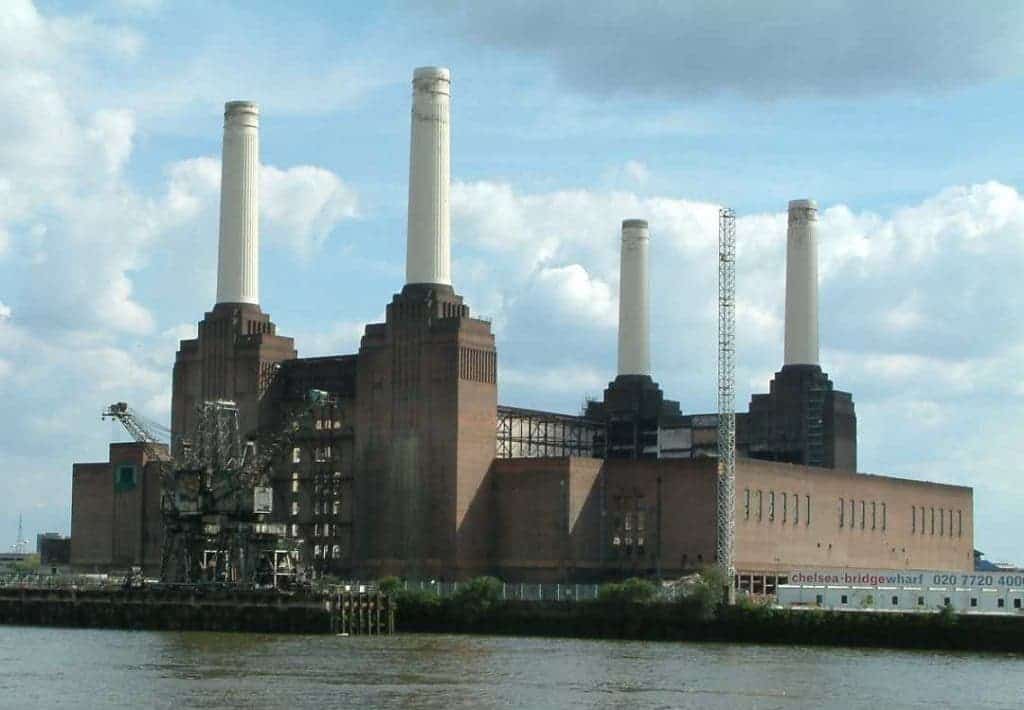Although it only lasted a short time, it’s a significant milestone.

The UK National Grid said that this happened around 1 pm on Wednesday, the 7th of June. Wind provided an estimated 9.5 gigawatts, nuclear produced, 8.2 gigawatts, while solar contributed 7.3 gigawatts, compared to the 7.2 gigawatts from gas. There was no electricity from coal at that time — it was completely stopped due to the surge of renewable energy. Renewables also reached another milestone, generating 18.7 gigawatts at the same time. This represented more than half of the electricity contribution at the time, powering 13.5 million of the 25 million homes in the UK.
https://twitter.com/NGControlRoom/status/872455334010466304
However, it’s important to note that this only happened for a brief amount of time. Renewable energy is often subjected to the whims of nature, and by Thursday, natural gas was back in charge, generating 43 percent of the UK’s electricity, while nuclear was generating 24, and wind only amounted to 11 percent.
Still, this confirms the country’s progress in terms of sustainable energy. Last year, the government released a report saying that 50 percent of the country’s electricity was generated from low-carbon sources (of which nuclear still plays an important role). UK government energy policy aims to play a key role in limiting greenhouse gas emissions, adhering to the Paris Agreement. However, with their departure from the European Union and snap elections taking place as I’m writing it, the country is likely to lose some of the focus on sustainable policies.
The country’s current leader, Prime Minister Theresa May, has also not been a great supporter of such policies. In a move qualified anywhere between ‘shocking’ and ‘stupid,’ she led a crackdown on the country’s Climate Office, somewhat resembling Donald Trump’s crackdown on the EPA. Still, despite other shortcomings, she can’t really be put in the same category as Trump. While her statements on climate and renewable energy are scarce and impersonal, there was a time, even before the Paris Agreement, when she vocally supported renewable energy.
Britain is the first country in the world to formally bind itself to cut greenhouse emissions and I strongly believe this will improve our national and economic security. To stay reliant on fossil fuels would mean tying ourselves to increasingly unstable supplies,” she was quoted as saying before she was Prime Minister.

During the 1940s some 90% of the UK’s generating capacity came from coal — the rest was supplemented by oil. In the 1950s, as they started to work on their nuclear program, nuclear energy became more and more prevalent. Following through the 1970s, oil-fueled generation continued to decline. Hydro was the only form of renewable electricity generated on the islands, and it amounted for only a small part of the country’s energy. Solar and wind power started emerging in the 1990s. The country isn’t particularly sunny, but wind now generates over 10% of the country’s energy rising more and more each year.
Was this helpful?



